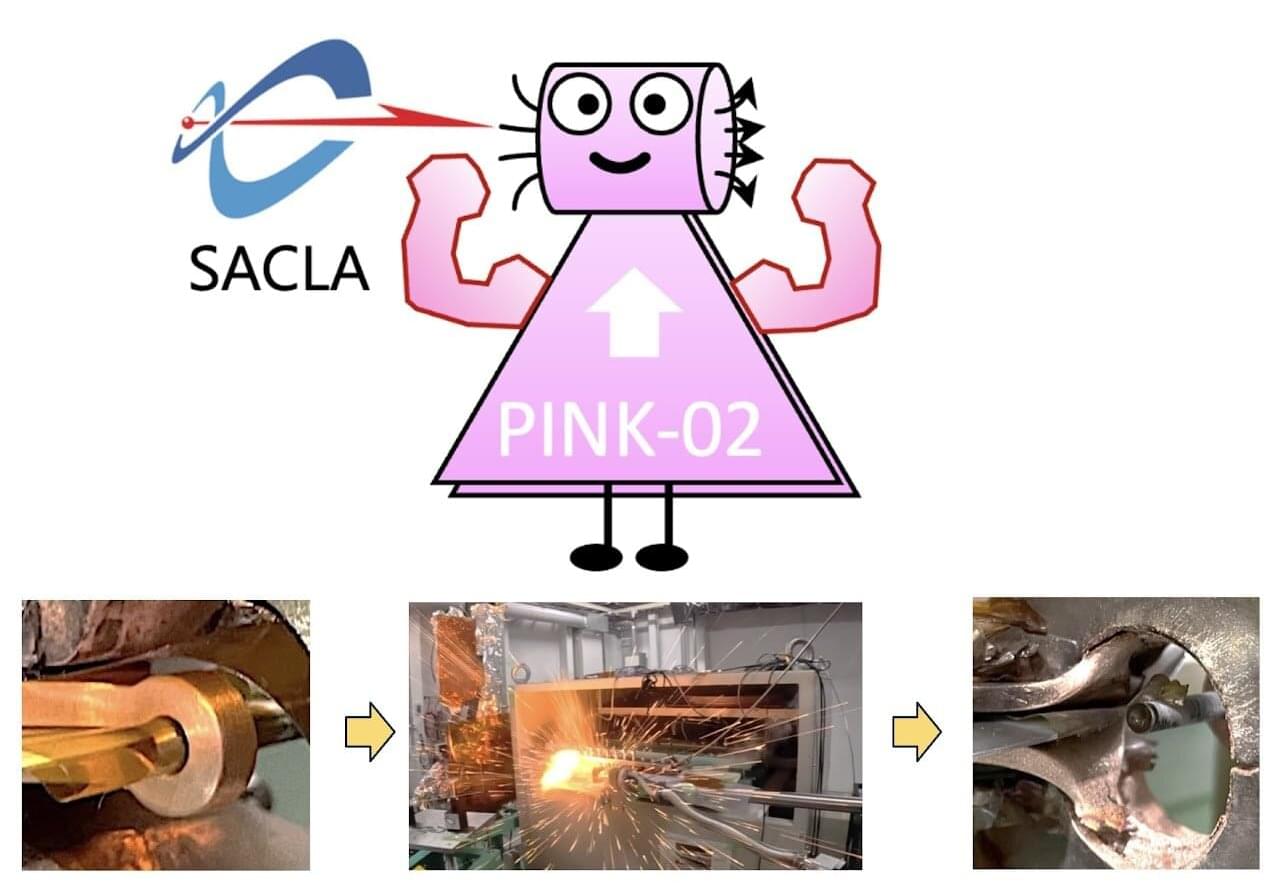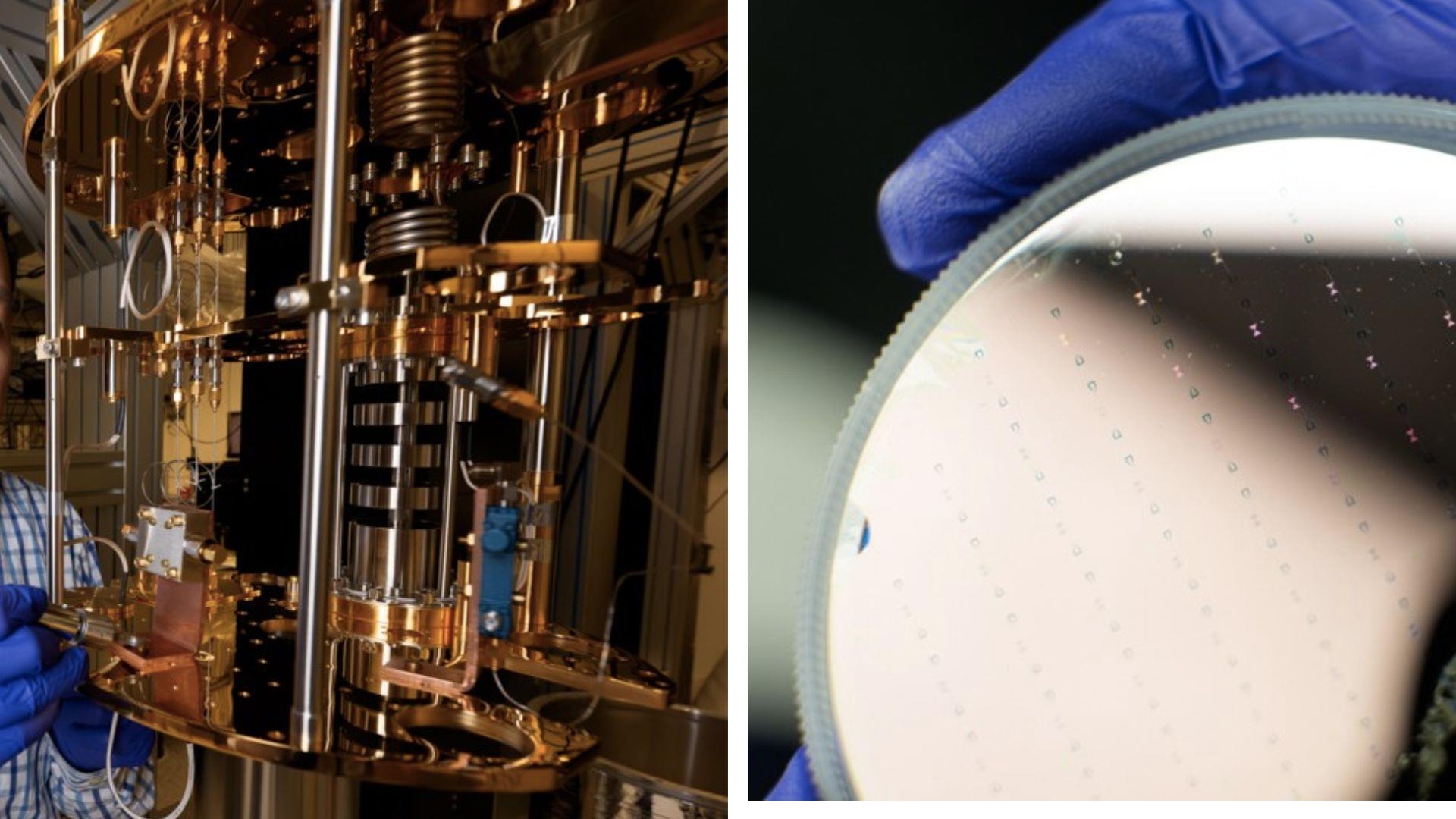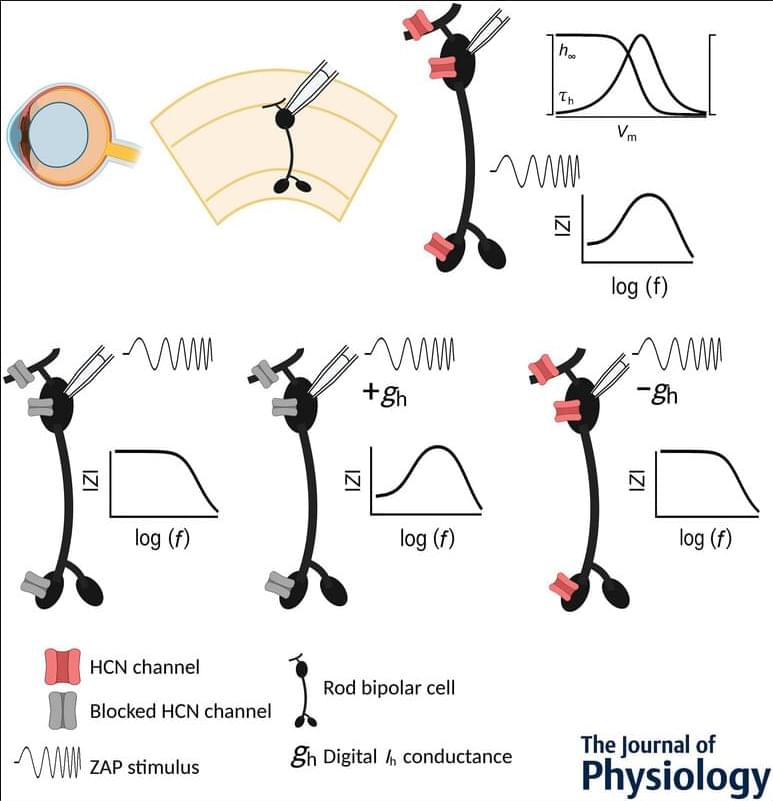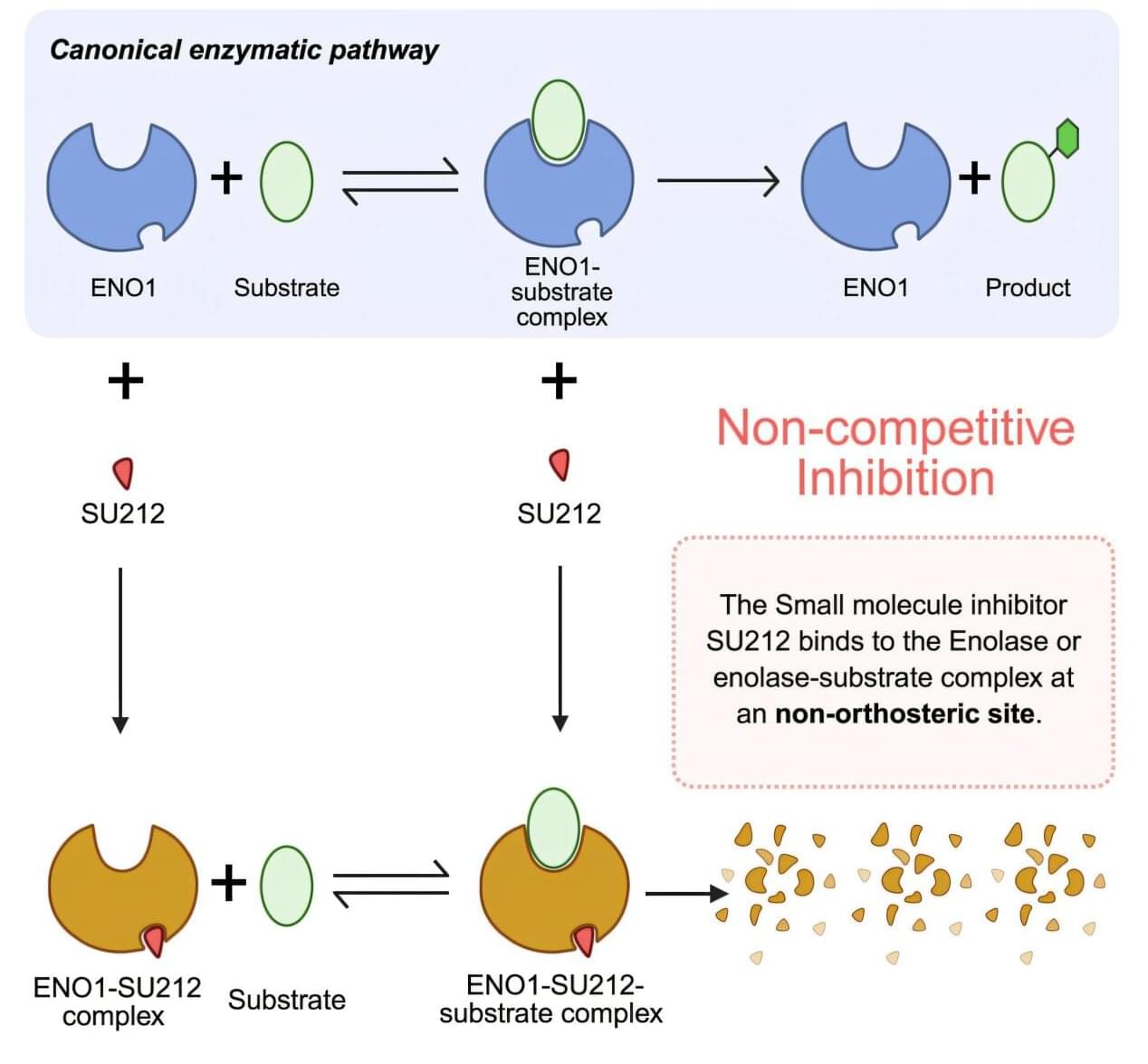A new study shows children and young people face long-lasting and higher risks of rare heart and inflammatory complications after COVID-19 infection, compared to before or without an infection. Meanwhile, the COVID-19 vaccination was only linked to a short-term higher risk of myocarditis and pericarditis.
The study is the largest of its kind in this population, and is published in The Lancet Child and Adolescent Health. It was led by scientists at the Universities of Cambridge and Edinburgh, and University College London, with support from the BHF Data Science Center at Health Data Research UK.
Principal author Dr. Alexia Sampri, University of Cambridge, said, “Our whole-population study during the pandemic showed that although these conditions were rare, children and young people were more likely to experience heart, vascular or inflammatory problems after a COVID-19 infection than after having the vaccine—and the risks after infection lasted much longer.”







